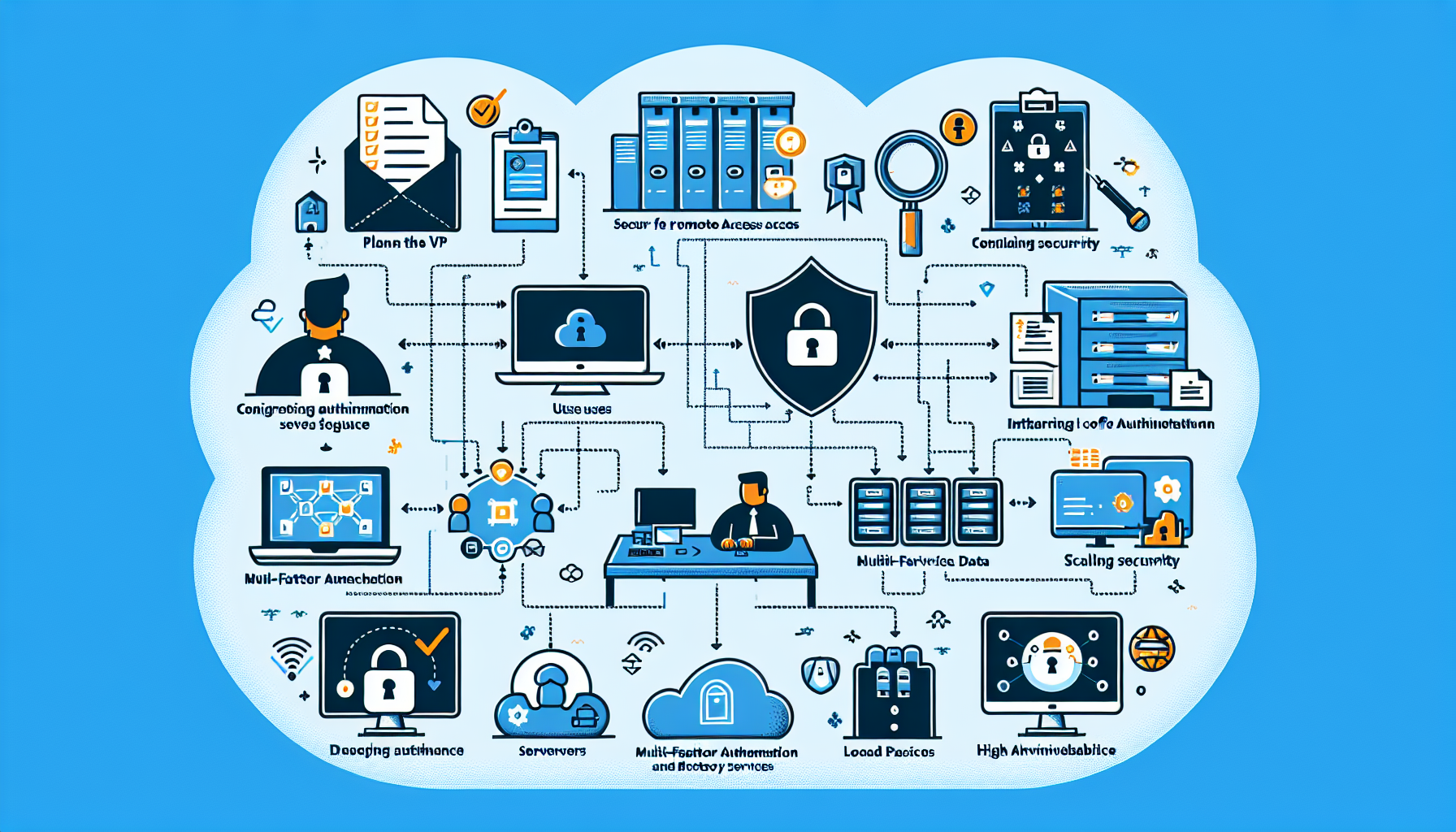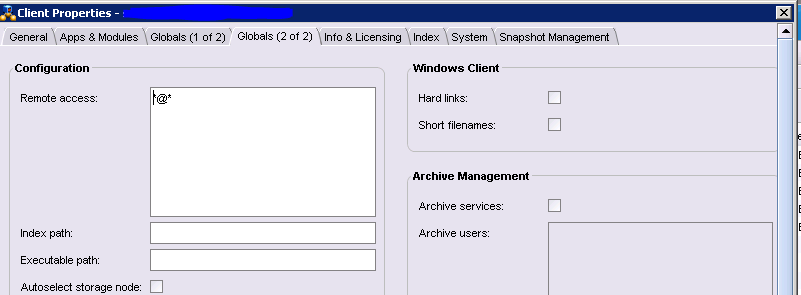As an IT manager, configuring VPNs for secure remote access is a critical task to ensure secure communication between remote users and your organization’s internal network. Here’s a step-by-step guide to configure VPNs:
1. Plan Your VPN Setup
- Assess the Requirements:
- Number of users who will connect remotely.
- Type of data being accessed (sensitive or non-sensitive).
- Devices and operating systems (Windows, macOS, Linux, mobile devices).
- Choose a VPN Type:
- Site-to-Site VPN: For connecting branch offices.
- Remote Access VPN: For individual users accessing resources remotely.
- VPN Protocol:
- Use secure protocols like IPSec, OpenVPN, or WireGuard.
- Avoid outdated protocols like PPTP.
2. Select a VPN Solution
- Hardware-Based:
- Use a firewall or router with built-in VPN capabilities (e.g., Cisco ASA, Fortinet, Palo Alto, Sophos).
- Software-Based:
- Install a VPN server like OpenVPN, SoftEther, or WireGuard on a dedicated server.
- Cloud-Based VPN:
- Leverage cloud providers like AWS VPN, Azure VPN Gateway, or third-party services like NordLayer or Perimeter 81.
3. Set Up the VPN Server
- Install VPN Server Software:
- For OpenVPN: Install the OpenVPN server package on a Linux machine.
- For Windows: Use the built-in RRAS (Routing and Remote Access Service) or third-party software.
- Configuration:
- Set up the authentication method (e.g., username/password, certificates, or multi-factor authentication).
- Define IP address ranges (subnets) for remote users.
- Enable encryption (AES-256 is recommended for strong security).
- Firewall Rules:
- Open the required ports (e.g., UDP 1194 for OpenVPN, TCP 443 for SSL VPN).
- Configure NAT or routing rules to allow access to internal resources.
4. Integrate Authentication & Authorization
- Active Directory/LDAP:
- Integrate with your AD or LDAP for centralized user authentication.
- Multi-Factor Authentication (MFA):
- Use tools like Duo Security or Google Authenticator for an extra layer of security.
- Role-Based Access:
- Assign users to groups with specific permissions (e.g., HR users access only HR systems).
5. Configure Client Devices
- Install VPN Client Software:
- Provide users with appropriate VPN client software (e.g., OpenVPN Client, FortiClient, Cisco AnyConnect).
- Distribute Configuration Files:
- Provide users with pre-configured
.ovpnfiles or server connection details.
- Provide users with pre-configured
- Device Security:
- Enforce policies for antivirus, firewalls, and operating system updates on client devices.
6. Test the VPN
- Internal Testing:
- Test the VPN connection internally to ensure proper routing, authentication, and access to resources.
- External Testing:
- Simulate a remote user connection from outside the network.
- Performance:
- Test the connection speed and ensure low latency for critical applications.
7. Harden Security
- Encryption:
- Use strong encryption algorithms like AES-256.
- Protocol Selection:
- Prefer modern protocols like OpenVPN or WireGuard over PPTP or L2TP/IPSec.
- Restrict Access:
- Allow VPN access only to specific IP ranges or geographies.
- Split Tunneling:
- Decide whether to enable or disable split tunneling based on security requirements. (Disabling split tunneling forces all traffic through the VPN for added security.)
8. Monitor and Maintain
- Logging:
- Enable logging on the VPN server for tracking user activity and troubleshooting.
- Monitoring:
- Use network monitoring tools to monitor VPN connections (e.g., Zabbix, PRTG, SolarWinds).
- Patching:
- Regularly update the VPN server and client software for security patches.
- User Management:
- Periodically review user accounts and remove inactive users.
9. Educate Users
- Provide training on how to connect to the VPN.
- Share best practices for maintaining security while working remotely (e.g., avoiding public Wi-Fi, locking devices).
10. Prepare for Scaling
- High Availability (HA):
- Set up redundant VPN servers for failover.
- Load Balancing:
- Distribute VPN connections across multiple servers to handle a large number of users.
- Capacity Planning:
- Monitor bandwidth usage and upgrade VPN hardware/software as needed.
Recommended Tools and Technologies:
- VPN Servers: OpenVPN, WireGuard, SoftEther, Cisco ASA.
- VPN Clients: OpenVPN client, Cisco AnyConnect, FortiClient.
- Authentication: Active Directory, RADIUS, Duo Security.
- Monitoring: Zabbix, SolarWinds, Nagios.
By following these steps, you can configure a secure and reliable VPN solution for your organization. Let me know if you need further assistance with specific VPN technologies!

Ali YAZICI is a Senior IT Infrastructure Manager with 15+ years of enterprise experience. While a recognized expert in datacenter architecture, multi-cloud environments, storage, and advanced data protection and Commvault automation , his current focus is on next-generation datacenter technologies, including NVIDIA GPU architecture, high-performance server virtualization, and implementing AI-driven tools. He shares his practical, hands-on experience and combination of his personal field notes and “Expert-Driven AI.” he use AI tools as an assistant to structure drafts, which he then heavily edit, fact-check, and infuse with my own practical experience, original screenshots , and “in-the-trenches” insights that only a human expert can provide.
If you found this content valuable, [support this ad-free work with a coffee]. Connect with him on [LinkedIn].






